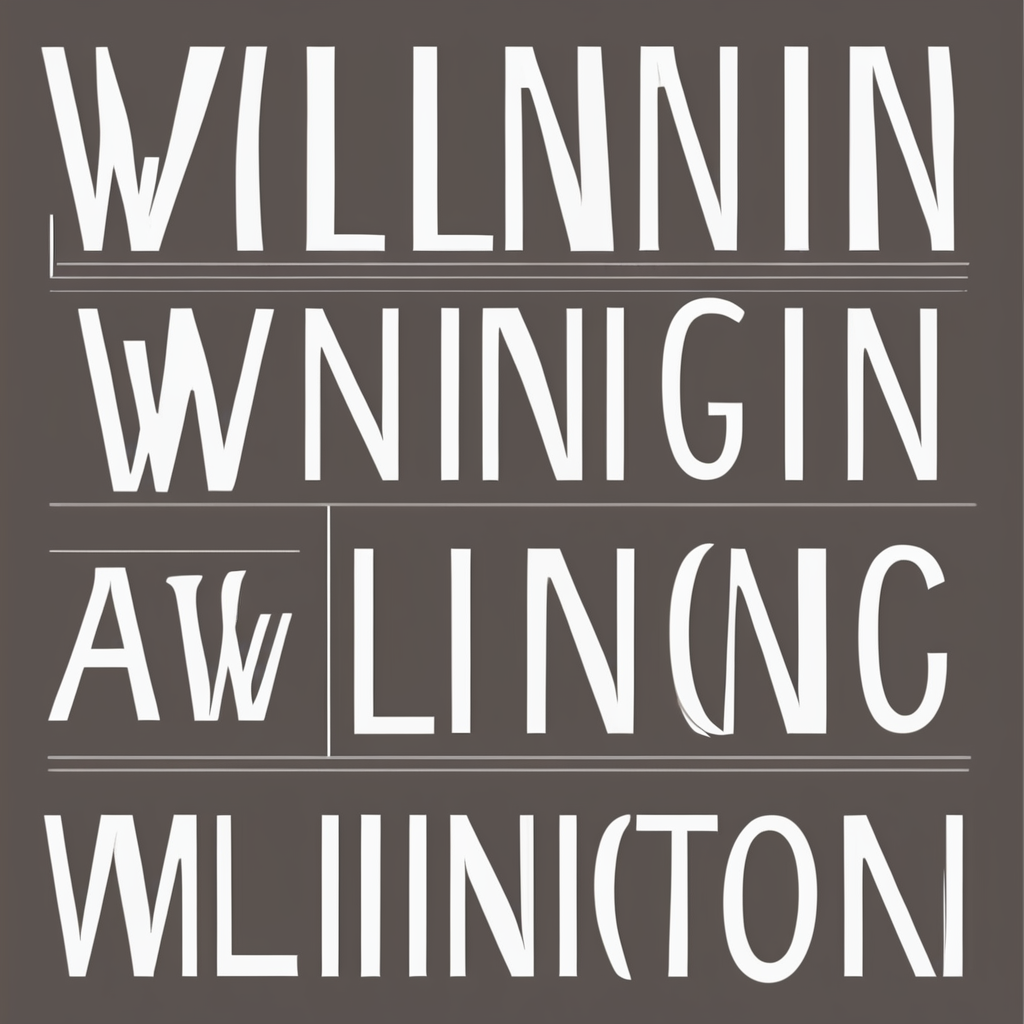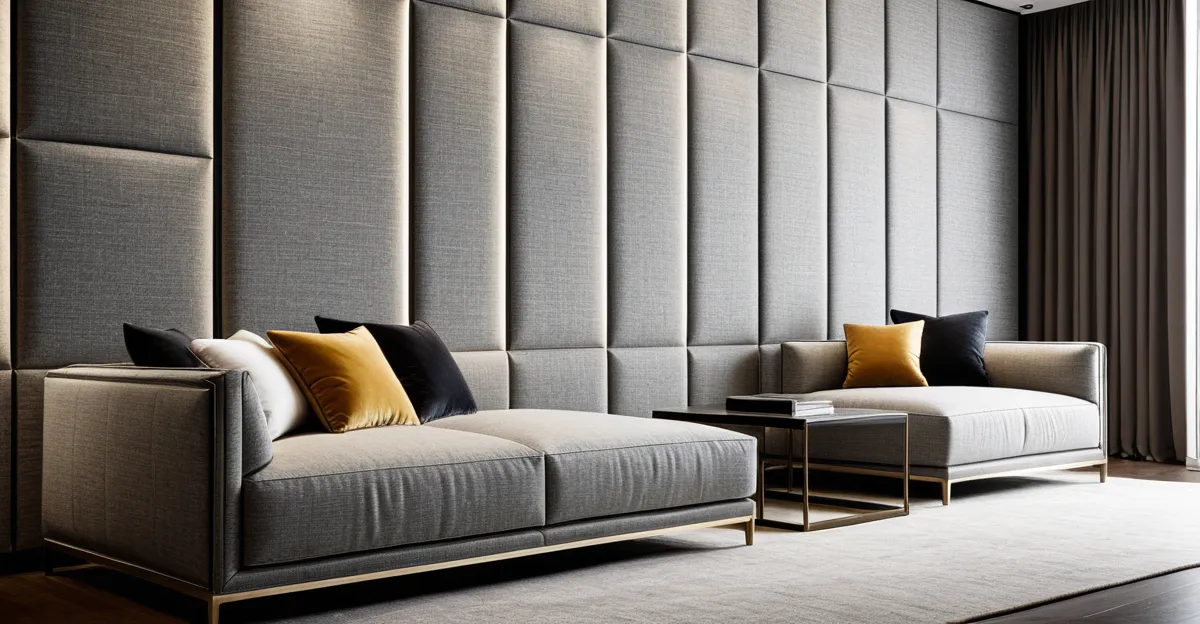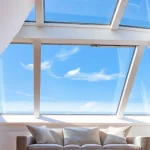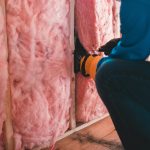Custom upholstered wall panels transform any room by combining style with practical benefits like sound absorption and added insulation. Tailored materials and designs create unique textures that reflect personal taste while enhancing comfort. Whether for bedrooms or living spaces, these panels offer versatile décor options that elevate aesthetics and functionality without complex installation. Discover how to make your walls a statement of both design and purpose.
Essential Guide to Upholstered Wall Panels: Benefits, Uses, and Shopping Insights
Incorporating upholstered wall panels into your living or working space elevates both comfort and style. These panels serve as a practical solution for creating a warmer, more inviting atmosphere, while also providing unique wall decor that stands out from standard painted or papered walls. Thanks to a variety of shapes, thicknesses, and fabric types—from plush velvets to crisp linens—homeowners and designers can choose solutions tailored to their preferences. It’s easy to coordinate finishes with other soft furnishings or get creative with color for a striking accent.
Also read : Master Compliance: Your Essential Guide to Navigating the Latest UK Commercial Email Marketing Laws
One of the most valued benefits is soundproofing, which supports quieter bedrooms and peaceful work zones. These panels also shield walls from scuffs, especially in high-traffic areas or children’s rooms, and add a gentle, cushioned look that instantly transforms interiors. Customization is extensive; you can select dimensions and materials to fit your project, whether you seek understated fabric wall panels for a bedroom retreat or vibrant, geometric tiles for a modern family room. Ordering samples and exploring available ranges online ensures the final result matches both vision and practical needs.
Material and Design Choices in Upholstered Wall Panels
Upholstered wall panels are shaped by the interplay of materials, textures, and construction techniques. Using the SQuAD method: What are the key components of modern panel design? They include fabric, padding, a supportive frame, and optional finishing details—each chosen to enhance both utility and aesthetics.
This might interest you : Mastering Organic Livestock Farming Certification in the UK: Your Comprehensive 2023 Roadmap for Success
Fabric, Padding, and Upholstery Options for Panels
The outer fabric can be cotton, velvet, linen, faux suede, or leather. Each fabric influences the feel, durability, and cleaning requirements. Beneath the surface, panels may feature memory foam, dense polyester padding, or natural materials for comfort and improved acoustic insulation. The underlying frame is typically crafted from wood, MDF, or plastic, chosen for stability without excessive weight.
Popular Panel Styles: Tufted, Flat, Geometric, and Accent Wall Formats
Designs range from classic tufted wall panel designs—which offer a tailored, textured look—to sleek flat panels or bold geometric arrangements. Accent wall installations can employ large-format boards or smaller, decorative fabric tiles that create playful, modular patterns.
Customisation: Dimensions, Patterns, and Finishes
A wealth of custom options exists in panel width, height, and shape to align with various wall schemes. Color schemes and tufting patterns—diamond, channel, or grid—let panels become personal statements. Choose subtle, neutral hues to unify a room or rich, statement tones for dramatic effect. Each option encourages creative solutions for living rooms, bedrooms, and more.
Installation, Maintenance, and Sourcing Panels
Step-by-step overview of installation methods for DIY and professional fitting
Upholstered wall panels can be fitted by following straightforward steps. For DIY enthusiasts, peel and stick wall panels and self-adhesive wall cushions offer a mess-free, tool-light option, where you simply measure, peel off the backing, and firmly press each panel onto a clean, dry surface. Alternatively, some panels require mounting with screws or adhesive strips for a more permanent finish—particularly beneficial for bedroom padded wall solutions or headboard wall designs.
Professional installation often involves precise measuring, level placement, and careful alignment to create a seamless look, especially for large accent wall panels or custom-size wall pads. This ensures durability and a perfect fit, especially for tufted or heavier panels that may require stud fixing for enhanced support.
Maintenance needs and cleaning tips to extend panel lifespan
Routine panel maintenance is easy: lightly vacuum with a soft brush attachment or use a lint roller to remove dust. For stains, spot clean using a damp cloth and mild detergent; check with your supplier regarding fabric care instructions. Well-maintained panels can retain their original look for years, offering enduring acoustic and decorative benefits.
Pricing ranges, sourcing fabric samples, and comparing alternatives and suppliers
Prices for budget-friendly wall panels in the UK typically start lower for peel and stick options and increase for bespoke fabrics, intricate tufted wall panel designs, or extra-thick acoustic models. Many suppliers, such as those featured with a price match promise, also send out free fabric samples, allowing customers to confidently select the best padding, color, and texture to match their space’s style. Comparing fabric types, thickness, and lead times is recommended when choosing alternatives for your interior project.











